As a landscape designer with a penchant for plants, I’ve always been drawn to the diverse and delightful genus of Stachys. Commonly known as Lamb’s Ear, this group of perennials offers not only a tactile treat for your garden but a wide range of unique varieties, each with its own charm. As a kid – I loved the most well known variety (stachys Byzantina) – it was the plant you could pet (like a 70’s version of a Furby). It is the uniquely touchable and soft lambs ear plant that serves as a great silvery groundcover.
There are Stachys from all corners of the world, and they are a fantastic addition to a wide variety of planting styles – but I think many are most at home in the naturalistic or cottage styles.
Stachys earns its fame for its furry leaves, and we’re diving headfirst into this woolly wonderland to uncover five remarkable Stachys varieties and how they can level up your gardening prowess.
These are my favorite Stachys to use in your garden:
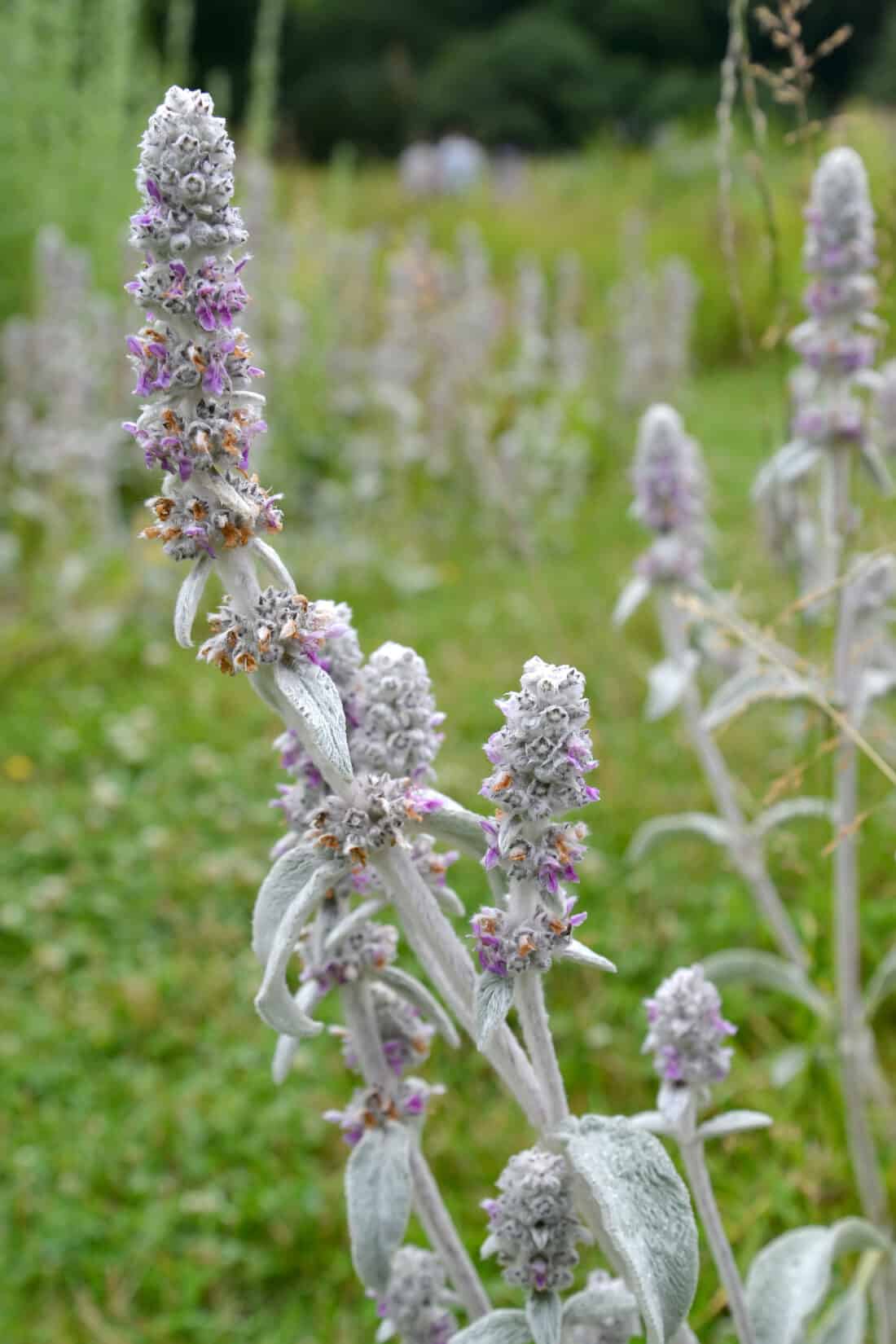
Stachys byzantina (Lamb’s Ear) – Also commonly known as Wooly Hedge nettle
The soft, silvery leaves of Stachys byzantina (syn Stachys lanata) have a history of being used as wound dressings due to their absorbent nature. It is native to Iran, Turkey, and Armenia (the Latin name ‘Byzantina’ is a clue to this).
Stachys byzantina (syn Stachys lanata), or the classic Lamb’s Ear, is a perennial favorite in gardens around the world. Its velvety, silver leaves create a delightful contrast in your garden, whether paired with vibrant blooms or set against dark foliage. Plant it in sunny spots with well-draining soil for optimal performance.
Woolly Betony, with its silvery foliage resembling lamb’s ears, adds a touch of elegance to your garden. It’s a tough, drought-tolerant perennial that thrives in full sun, making it perfect for xeriscaping [3]. Its eye-catching appearance blends beautifully with ornamental grasses like Pennisetum alopecuroides ‘Hameln’ and the vibrant blooms of Gaillardia ‘Arizona Sun.’
For companions, consider pairing it with vibrant purple Salvia or the dramatic spires of Delphinium.
I also absolutely love a more textural and simple palette, though – like this one created by designers Miguel Urquijo and Renata Kastner.
Their Water Mill Garden in the Sierra de Guardarrama mountains of Spain features Stachys Byzantina. In the garden, Stachys Byzantina is combined with Dianthus gratianopolitanus for two shades of green and pink. Together these mat-forming plants create a patchwork of amoebic shapes in a scree-style garden.
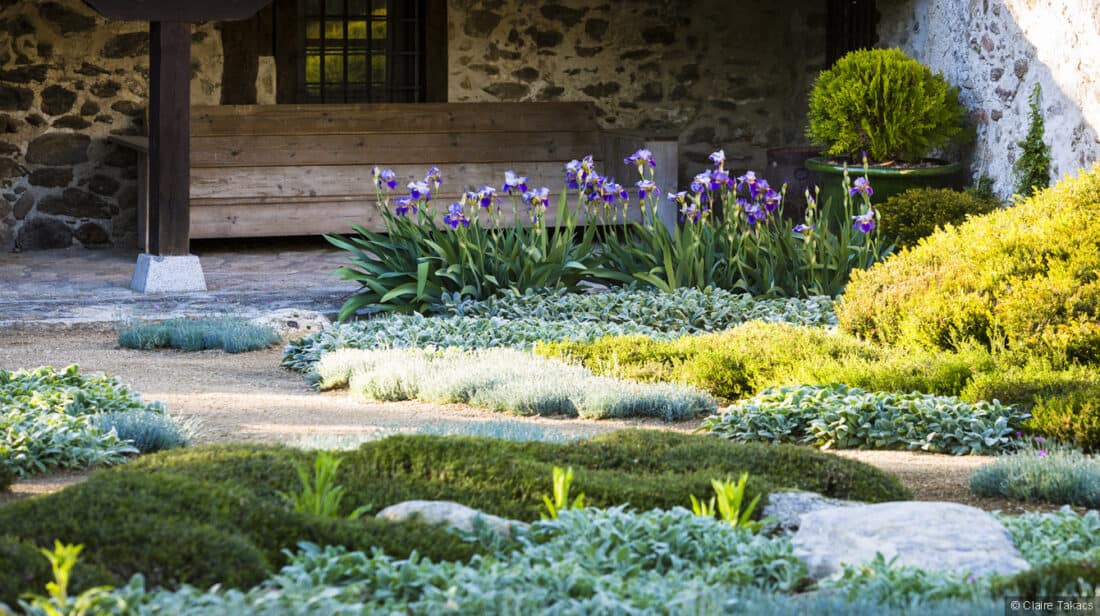
Popular varieties of Stachys byzantina:
Stachys byzantina ‘Helen Von Stein’ – These large-leaved varieties (‘Helen Von Stein’) give a beautiful lush look, especially early in the spring when the leaves are more green as the silver colored hair hasn’t yet matured.
Also known for large leaves is Stachys byzantina ‘Big ears’. Big Ears and Helen Von Stein are both synonymous and are the largest-leaved variety.
Stachys byzantina ‘Silver Carpet’- ‘Silver Carpet’ is lower-growing and rarely blooms. It is prized for its ground cover qualities and its general tidiness.
Betony – Stachys officinalis – A European Native Plant
Betony, or Stachys officinalis has a rich history in traditional herbal medicine as a remedy for various ailments, earning it the name “Betony the Healer.”
Stachys officinalis is native to Europe and brings both beauty and healing properties to your garden. Its spikes of tubular flowers, ranging from soft pink to vibrant magenta, are a magnet for pollinators. Plant stachys officinalis it in partial shade to full sun and watch it thrive.
Pair Betony with pollinator-friendly companions like Echinacea and Agastache to create a buzzing, vibrant garden bed.
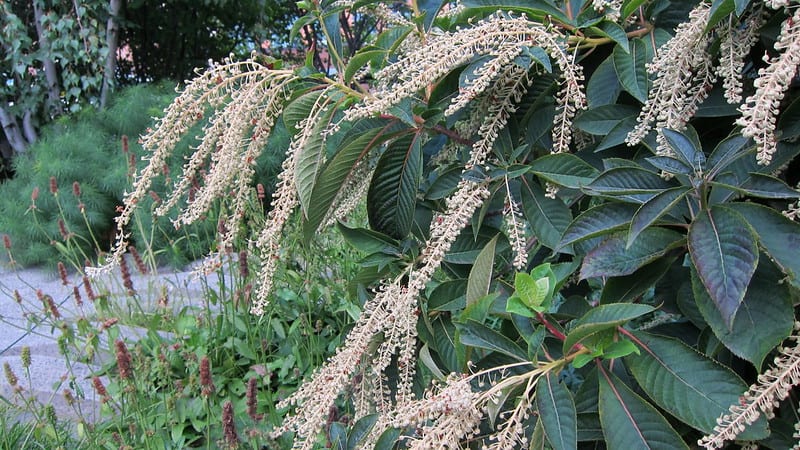
Stachys monieri ‘Hummelo’ (Hummelo Betony) – A Naturalistic Garden Staple
Stachys monieri ‘Hummelo’ earned its name from the village of Hummelo in the Netherlands, where itwas discovered. Piet Oudolf introduced it, naming it after his hometown. If you are looking for the “Oudolf look” – this is definitely a variety to consider adding to your naturalistic plant scheme.
Hummelo Betony is a true showstopper with its striking spikes of bright lavender-pink flowers that dance above deep green foliage. It’s a sun-loving perennial that adds vertical interest to your garden. Combine it with ornamental grasses like Panicum virgatum ‘Shenandoah’ and the bold hues of Coreopsis ‘Moonbeam’ for a visually stunning display.
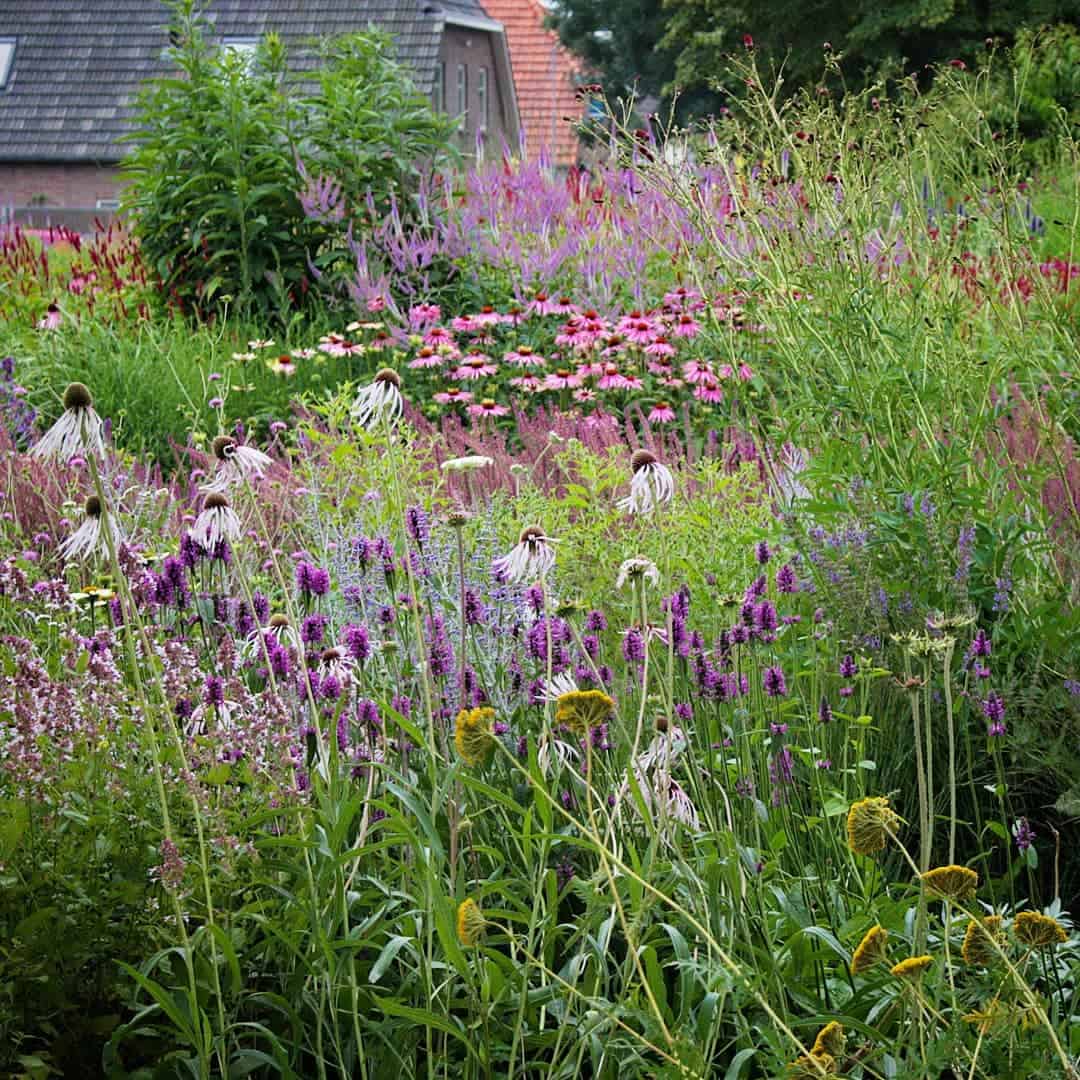
Buy Stachys ‘Hummelo’ here.
Stachys albens (White Betony) – A California Native Plant
Stachys albens, or White Betony, is native to California and has a minty scent. It would be a good native substitute for Stachys byzantina.
White Betony, with its charming spikes of pure white flowers, brings an ethereal quality to your garden. This variety thrives in full sun to shade. It does however appreciate moist conditions and will look best if well watered. It is a good candidate for a rain garden.
Stachys macrantha ‘Superba’ (Big Betony)
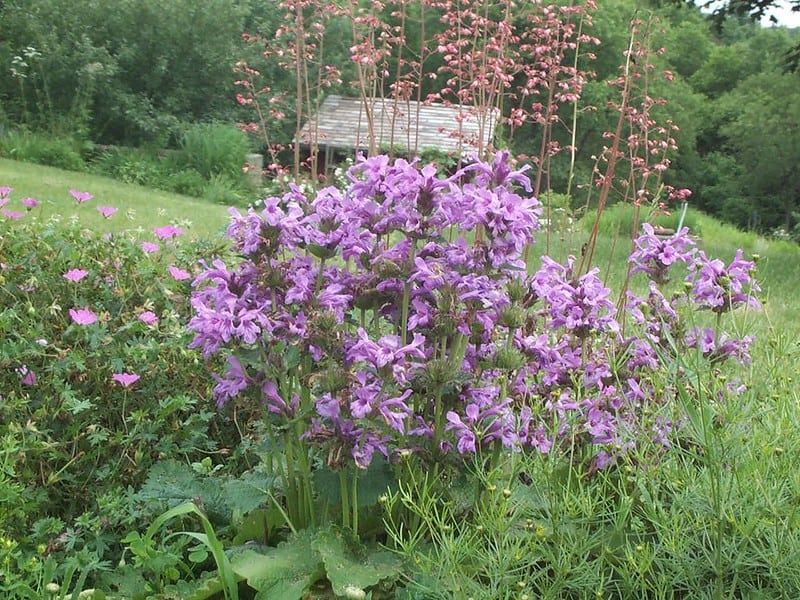
Stachys macrantha ‘Superba’ is native to the Caucasus Mountains and is celebrated for its robust growth and resilience.
Big Betony, as the name suggests, is known for its impressive stature and vigor. Stachys macrantha had striking magenta spikes that make a bold statement in your garden, attracting both bees and admiration. This Stachys variety thrives in full sun and well-draining soil. Combine it with other sun-loving perennials like Nepeta ‘Walker’s Low’ and the vibrant orange of Helenium ‘Sahin’s Early Flowerer’ for a riot of color and life.
Stachys sylvatica (Hedge Woundwort) – The woodland Stachys
People have historically used Stachys sylvatica, also called Hedge Woundwort, as a remedy for various wounds and injuries, further underlining the healing legacy of the Stachys genus.
Hedge Woundwort, or Stachys sylvatica, is a woodland plant. Its charming spikes of purplish-pink flowers make it a favorite among pollinators and garden enthusiasts alike. Plant it in partial shade to full shade for optimal performance. Pair stachys sylvatica with shade-loving companions like Hosta ‘Patriot’ and the delicate beauty of Bleeding Heart (Dicentra spectabilis) for a serene woodland garden retreat.
Stachys coccinea (Scarlet Hedgenettle): A Splash of Elegance in Your Garden
Stachys coccinea, commonly known as Scarlet Hedgenettle, is a captivating addition to any garden. Its vibrant scarlet-red tubular flowers are a magnet for pollinators, particularly hummingbirds, adding dynamic energy to your outdoor space. This perennial thrives in full sun to partial shade, making it adaptable to various garden conditions. It is native to Texas, Arizona and Mexico.
Its has a low-growing habit, reaching around 12 inches in height. It is an excellent choice for the front of borders or as a ground cover. Pair stachys coccinea with companions like Coreopsis ‘Moonbeam’ for a harmonious color contrast or the silver foliage of Artemisia ‘Silver Mound’ to create a striking visual impact. Stachys coccinea not only infuses your garden with color but also beckons nature’s pollinators, making it a delightful addition to your landscape.
Additional Planting Design and Companion planting ideas for Stachys byzantina
Gardeners often cultivate Stachys byzantina in children’s gardens or as an edging plant because of its ease of growth and the enjoyable tactile experience provided by its thick, felt-like leaves.
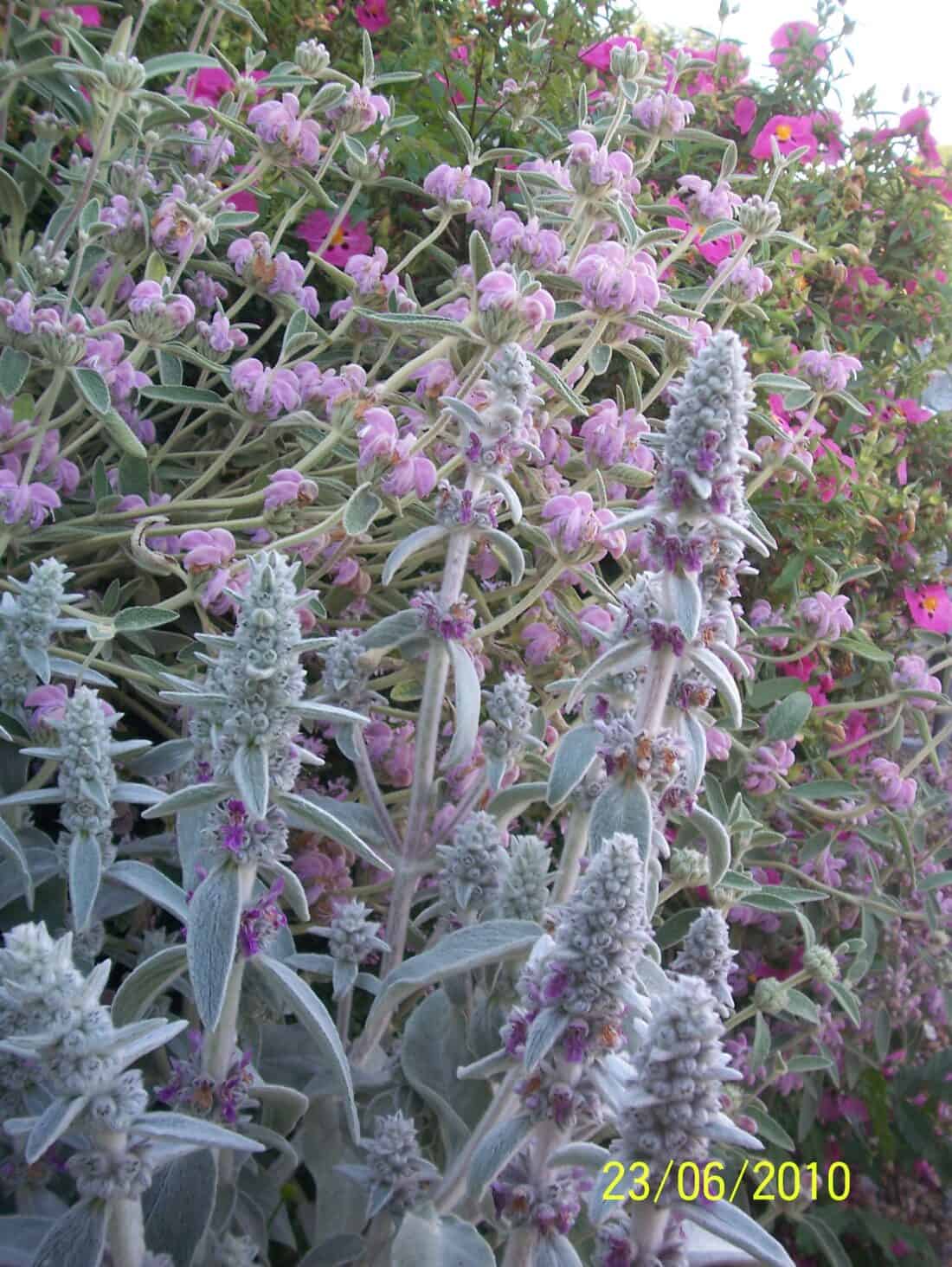
Lunaria annua & Stachys byzantina (Honesty and Lamb’s ears) presents a beautiful color combination that surprisingly isn’t that common in height of the season – Silver and Chocolate Brown.
All cottage gardeners would agree, a classic combo of peony, digitalis, and lambs ears is a perfect in pink combination that never fails. And for gardeners needing a deer proof solution, this is it, all of these plants are avoided by munchy critters.
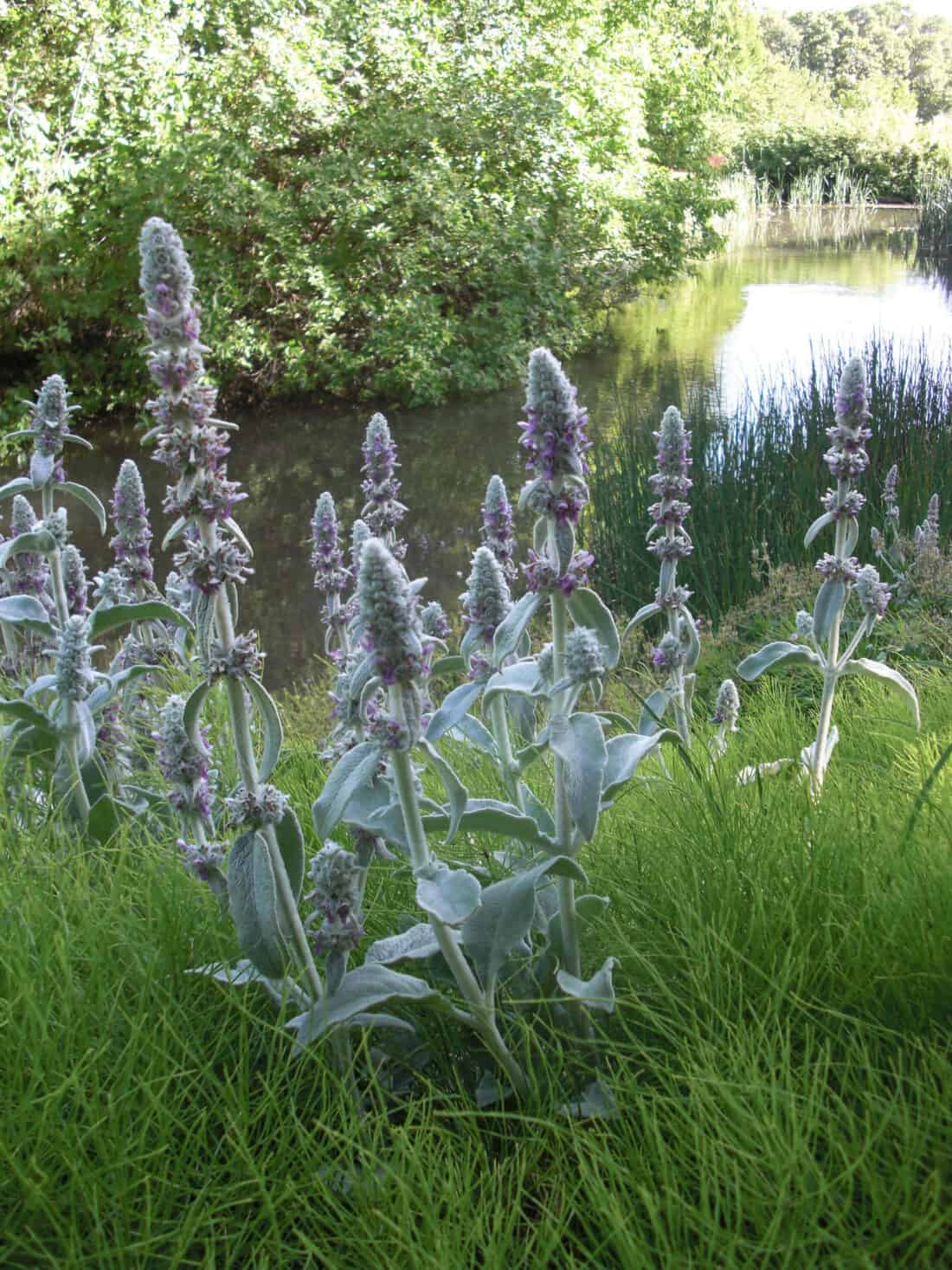
Stachys FAQ
What does lamb’s ear look like?
What is Lambs ear (stachys byzantina) native range?
What is lamb’s ear plant used for?
Discover more interesting plants and Ideas for your garden
Images : H.P. Brinkmann, Megan Hansen, Eric Hunt, Leonora (Ellie) Enking, Andrey Zharkikh, cultivar413, John Powers
Stachys byzantina is not native. Always click on “view native status” below the USDA maps and you will see what is native and what is introduced. Stachys byzantina is introduced – not native – in any states. This is an important key to using the USDA plant site – which I love!
Thanks.
C.M. – You are Right…I know this too…and I don’t know how I made this mistake…because I questioned what I thought I was seeing on the USDA site…but finally just went with it….oh -well I will put Illinois back on the list of states to be completed. Thanks for pointing it out.